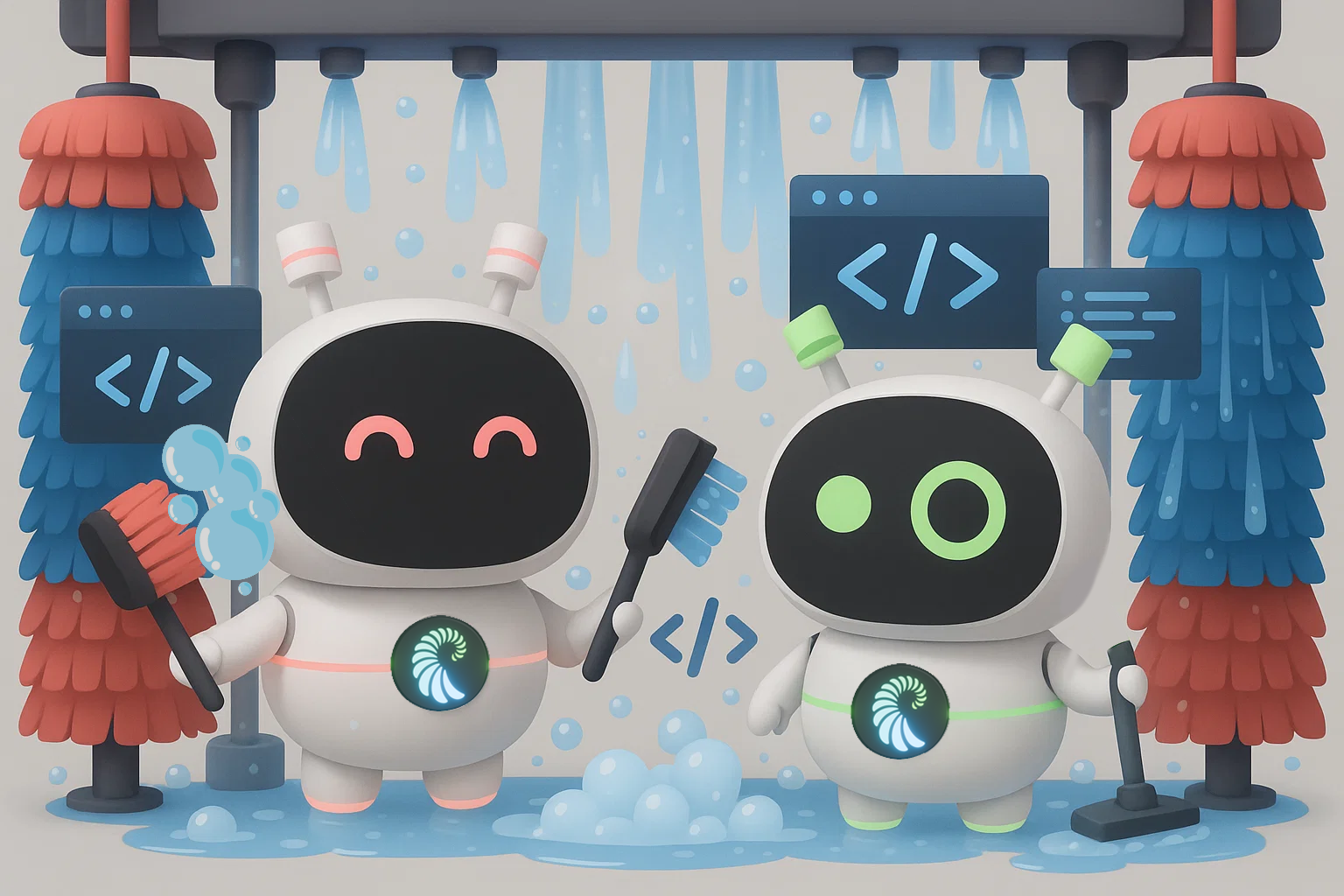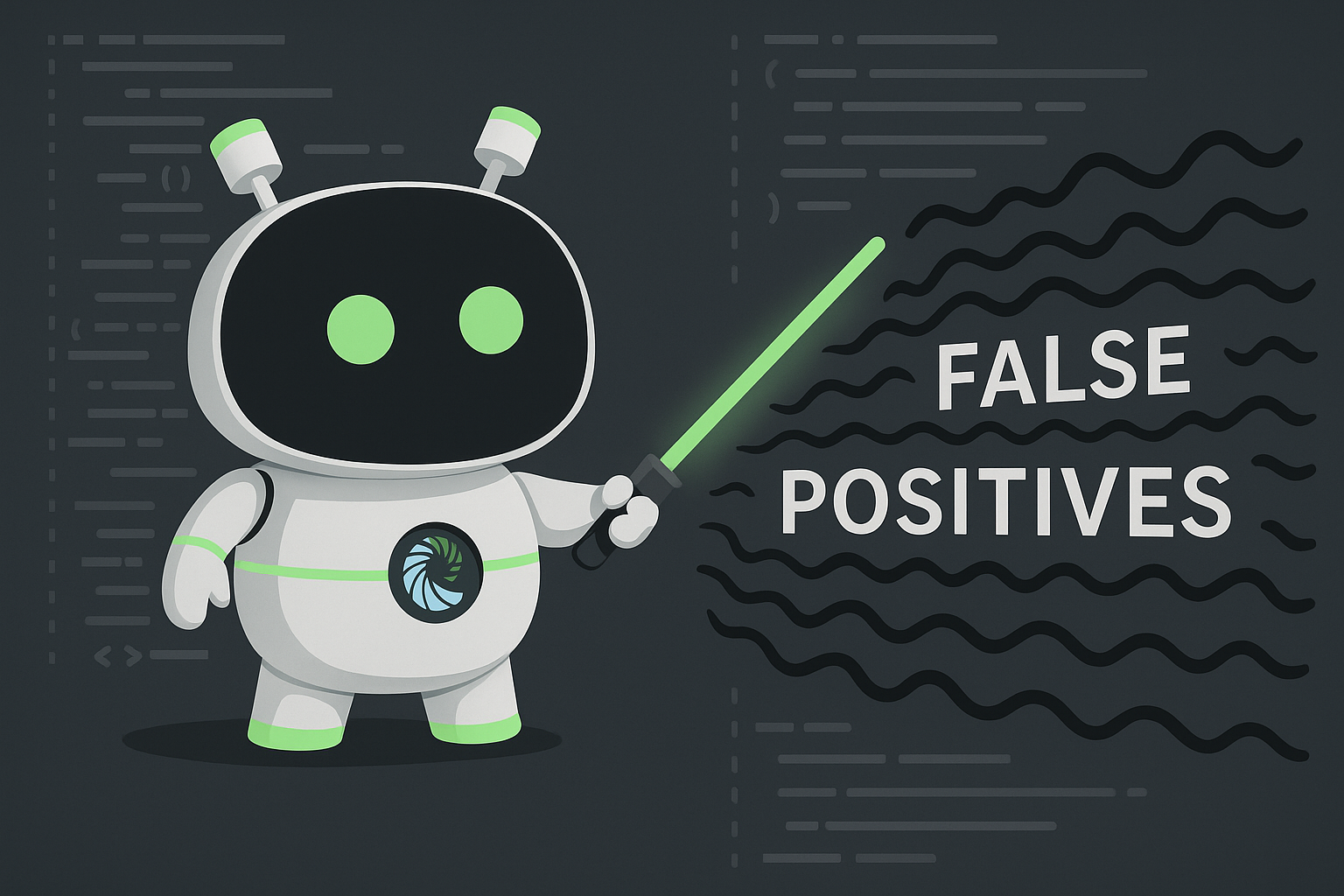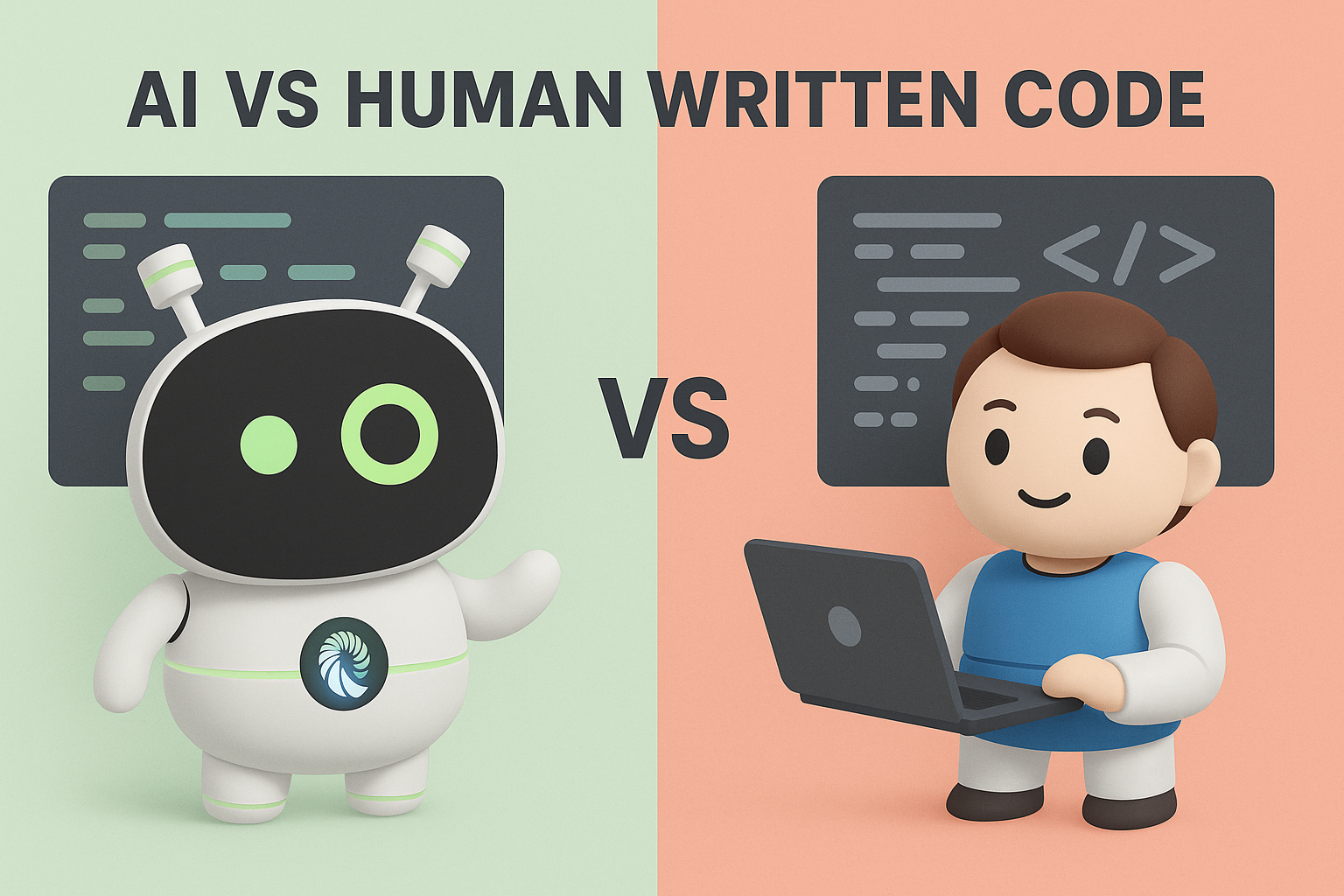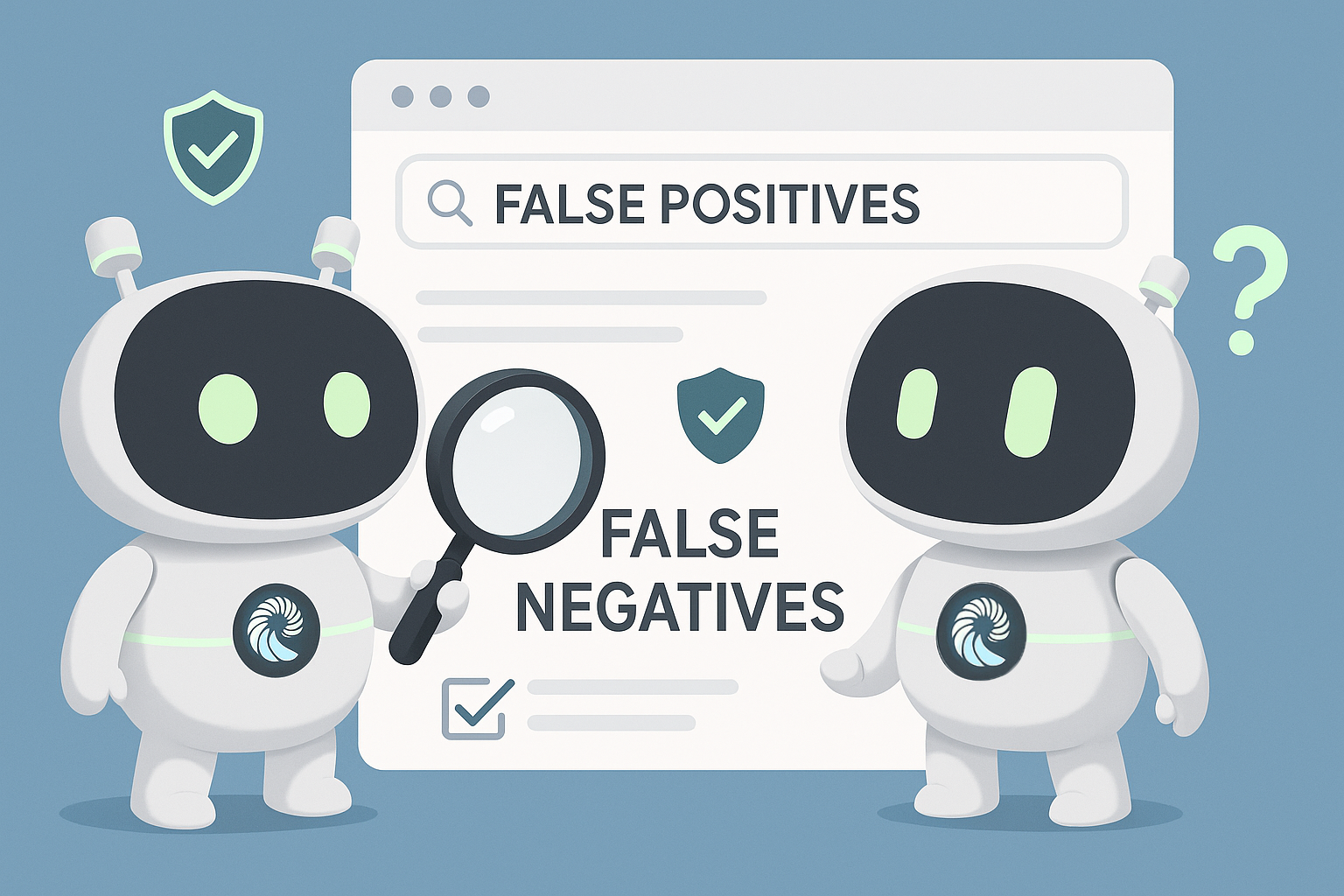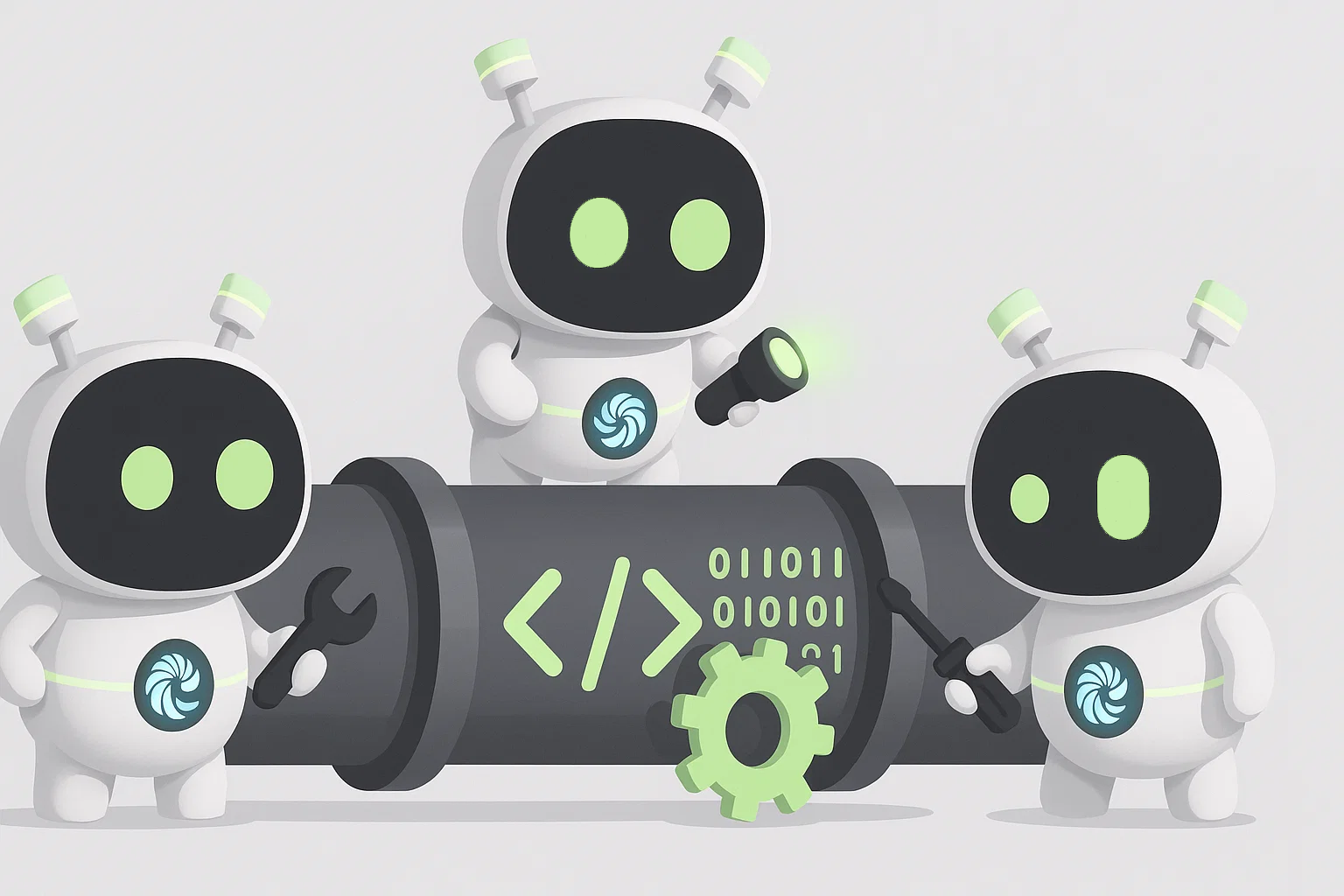AI Washing and the AI Tsunami: Why...
Key Takeaways Claiming that AI alone is not sufficient proof is one thing; real value comes from demonstrating how AI actually functions, not merely stating that it exists. AI-washing erodes trust. Vague claims or superficial integrations damage credibility across the AppSec space. Agentic, transparent systems win. Teams should look for tools that integrate AI deeply, […]
